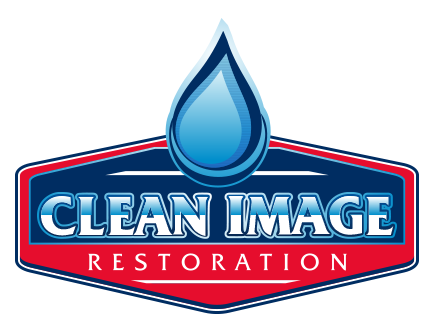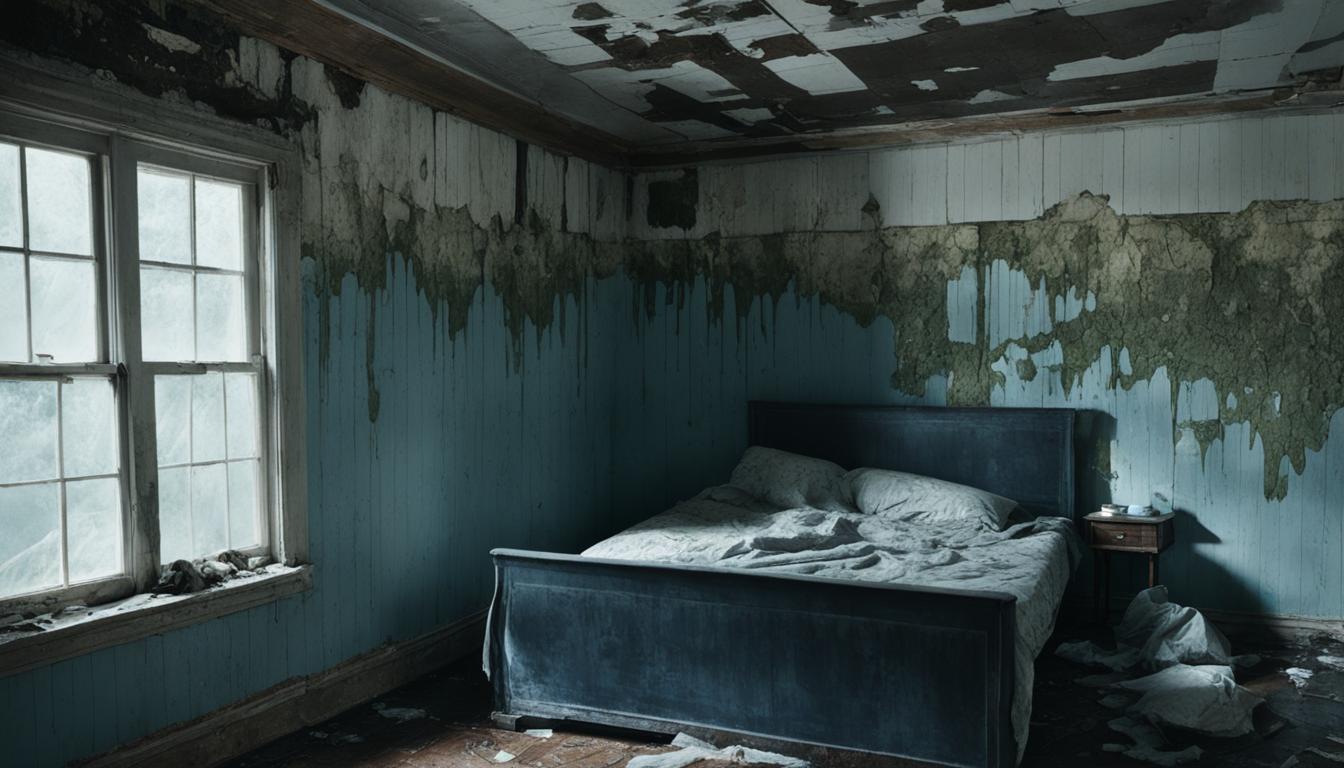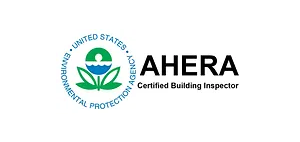Did you know water damage restoration can cost between $1,300 and $5,600? Sometimes, it can even reach up to $13,000. If you’re dealing with moisture issues, knowing the costs is key. Removing moisture is not just important; it’s essential to stop mold and damage.
The price for removing moisture depends on the damage type and severity. Clean water damage might cost $3 to $4 per square foot. But black water damage, which is contaminated, can cost up to $7 to $7.50 per square foot. The damage level also matters, from small leaks to major floods, affecting the cost from $150 to over $100,000.
Knowing what affects the cost of drying walls and getting a good estimate helps with budgeting. Being aware of prices and what different damage types cost helps homeowners act fast and wisely.
Factors Influencing Wall Moisture Removal Cost
Many things affect the wall moisture removal cost. It’s important to know the cost factors for moisture removal. These include the type of moisture damage and how urgent the service is. Both can change the wall moisture removal price a lot.
Water damage types matter a lot. Clean water damage, from simple plumbing issues, is usually the cheapest. But black water damage, from sewage or flooding, is more expensive because it’s a health risk.
The damage’s type and size also matter. Small fixes like drywall or painting are cheaper. But bigger repairs can cost a lot more. For example, Class 1 repairs might cost $150 to $400, while Class 4 can be $20,000 to $100,000.
How fast you need the service also affects the cost. Urgent cases like flooding or burst pipes need quick work. This can include extra charges for after-hours work. Burst pipe repairs can cost $150 to $250 per foot, adding to the total cost.
Labor costs also vary. They can be between $70 to $200 an hour. Where you live can change these rates, affecting the wall moisture removal price.
Mold can also raise costs a lot. Removing mold can cost $15 to $30 per square foot. It’s key to act fast to avoid health risks and extra costs. Installing sump pumps or waterproofing can help prevent mold and save money.
Understanding these cost factors for moisture removal helps homeowners plan better. Knowing these costs can help manage expenses and keep both safety and finances in check.
Cost Breakdown by Type of Water Damage
The cost to fix water damage changes a lot based on the damage type and how bad it is. It helps to know the difference between clean, gray, and black water. Also, how severe the damage is, using a classification system.
- Clean Water: This is the cheapest to fix, costing $3 to $4 per square foot.
- Gray Water: With some contaminants, fixing it costs between $4 and $7 per square foot.
- Black Water: The most dangerous and expensive, costing $7 to $7.50 per square foot.
The damage level also affects the cost. Here’s a quick overview:
- Class 1: This is the least damage, often handled by homeowners, costing $150 to $400.
- Class 2: More damage, affecting a whole room, costing $500 to $1,000.
- Class 3: Serious damage, hitting ceilings, walls, and floors, costing $1,000 to $3,000.
- Class 4: The worst, needing a lot of repair, costing $20,000 to $100,000.
Repair costs also vary by area. For example, fixing ceiling damage costs $350 to $1,250. Drywall repairs are $1.50 to $3.00 per square foot. Basement flooding can be very expensive, especially with black water, up to $50,000.
Other factors also play a big role in the cost. For instance:
- Cosmetic Repairs: Minor fixes cost $150 to $1,000.
- Personal Items Replacement: Replacing damaged items costs $500 to $1,500.
- Electrical Damage: Fixing electrical systems costs $1,200 to $3,000.
- Mold Remediation: Cleaning up mold costs $1,500 to $4,000.
- Structural Repairs: Major repairs cost $1,500 to $10,000.
Labor costs also add up, with rates from $70 to $200 per hour. The cost depends on how long the water was there, what materials were affected, and where you are in the U.S.
Practical Tips for Homeowners Dealing with Moisture Issues
Homeowners can take several proactive steps to tackle potential moisture issues effectively. Regular inspections of areas prone to moisture buildup, like basements, bathrooms, and kitchens, are key. This helps in early detection and prevention of moisture damage.
Using dehumidifiers and fans is a simple yet effective DIY moisture removal approach. These tools help reduce humidity levels, speeding up the drying process. For minor water intrusion, dehumidifiers are especially useful in keeping conditions dry and preventing moisture buildup.
- Inspection and Maintenance: Regular checks of areas prone to moisture, such as basements, attics, and crawl spaces, are crucial. Early detection is key for effective moisture control.
- Cleaning Gutters and Downspouts: Regularly clean gutters and downspouts to ensure proper water runoff. Clogs can lead to water accumulation and potential damage to walls and foundations.
- Proper Grading: Ensure that the ground around your home slopes away from the foundation. The minimum recommended slope is 1 inch per foot for at least 6 feet. This practice helps in directing water away and prevents it from entering your home.
- Weatherization: Weatherize your home by applying weatherstripping, caulking, and installing dehumidifiers. Improving ventilation ensures that moist air is expelled and not trapped inside.
- Waterproofing Basements: Waterproofing measures, such as applying sealants and installing sump pumps, can significantly reduce the risk of basement flooding and moisture issues.
Using professional tools and methods is also advisable for moisture damage prevention. Professionals use tools like moisture meters and infrared cameras to find hidden dampness within walls. These tools are particularly useful, as water can wick up to 30 inches within walls unnoticed. Removing baseboards and wallpapers can expedite the evaporation process as well.
It is important to recognize that in cases of severe water damage or incidents involving gray or black water, professional assistance is necessary. Experts use advanced drying methods, including high-capacity air movers and low-grain refrigerant dehumidifiers, to ensure complete drying and mold prevention. Monitoring progress and ensuring optimal equipment functionality are critical aspects of professional moisture removal services.
Finally, homeowners should be aware of the long-term impact of unresolved moisture problems. Excess moisture can weaken the structural integrity of walls, warp drywall, and lead to wood rot. From a health perspective, continuous moisture issues can create ideal conditions for mold and mildew growth, posing respiratory risks and attracting pests. Following these homeowner tips for moisture control can help achieve a healthier and safer living environment.
Conclusion
Fixing moisture problems in walls quickly is key to keeping a home safe and healthy. The cost to remove moisture can change a lot, depending on several things. Knowing that the average cost for fixing water damage is $3,291 is important. This price can go from $1,240 to $5,342, not counting extra costs like painting and new floors.
The kind of water damage also plays a big role in the cost. Fixing clean water damage costs $3 to $4 per square foot. Gray water damage costs $4 to $6.50 per square foot. Black water, the worst kind, can cost $7 to $7.50 per square foot. It’s crucial to act fast because mold can start growing in just 48 hours, adding more costs.
Mold removal costs can also be high, ranging from $1,500 to $9,000, with an average of $3,500. The size of the mold area affects the price, which can go up to $30,000 for big jobs. Remember, labor makes up about 60% of the total cost. Special jobs like removing mold from attics or HVAC systems can also increase the price.
It’s wise for homeowners to talk to a professional moisture removal company for accurate quotes and solutions. By knowing these costs and tackling moisture problems early, homeowners can save money and protect their homes. Whether it’s a small leak or big water damage, acting fast and knowing what to do can save a lot of money and keep your home safe.
Contact Clean Image Restoration today for professional mold removal and water damage restoration services today!






